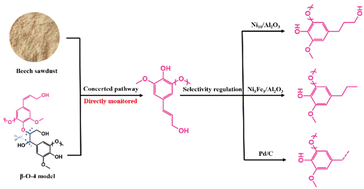Green Chem., 2023, 25,7508-7517
DOI: 10.1039/D3GC02084C, Perspective
DOI: 10.1039/D3GC02084C, Perspective
Nils Kurig, Regina Palkovits
Rethinking nitration: sustainable electrochemical C-N functionalization. This work reviews diverse inorganic nitrogen sources for fine chemical production, with a perspective on innovative pathways to harness alternative nitrogen sources' potential.
The content of this RSS Feed (c) The Royal Society of Chemistry
Rethinking nitration: sustainable electrochemical C-N functionalization. This work reviews diverse inorganic nitrogen sources for fine chemical production, with a perspective on innovative pathways to harness alternative nitrogen sources' potential.
The content of this RSS Feed (c) The Royal Society of Chemistry

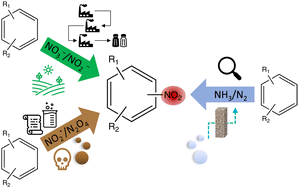



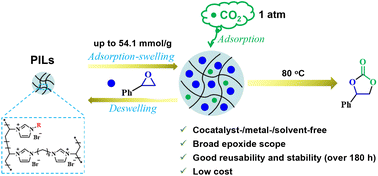
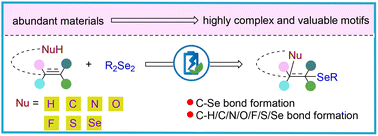
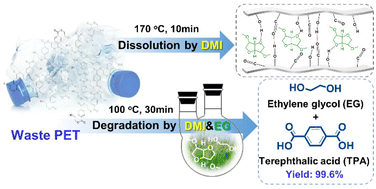
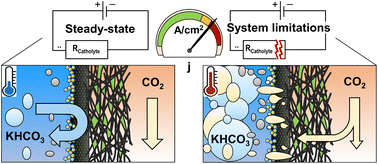
 Open Access
Open Access

